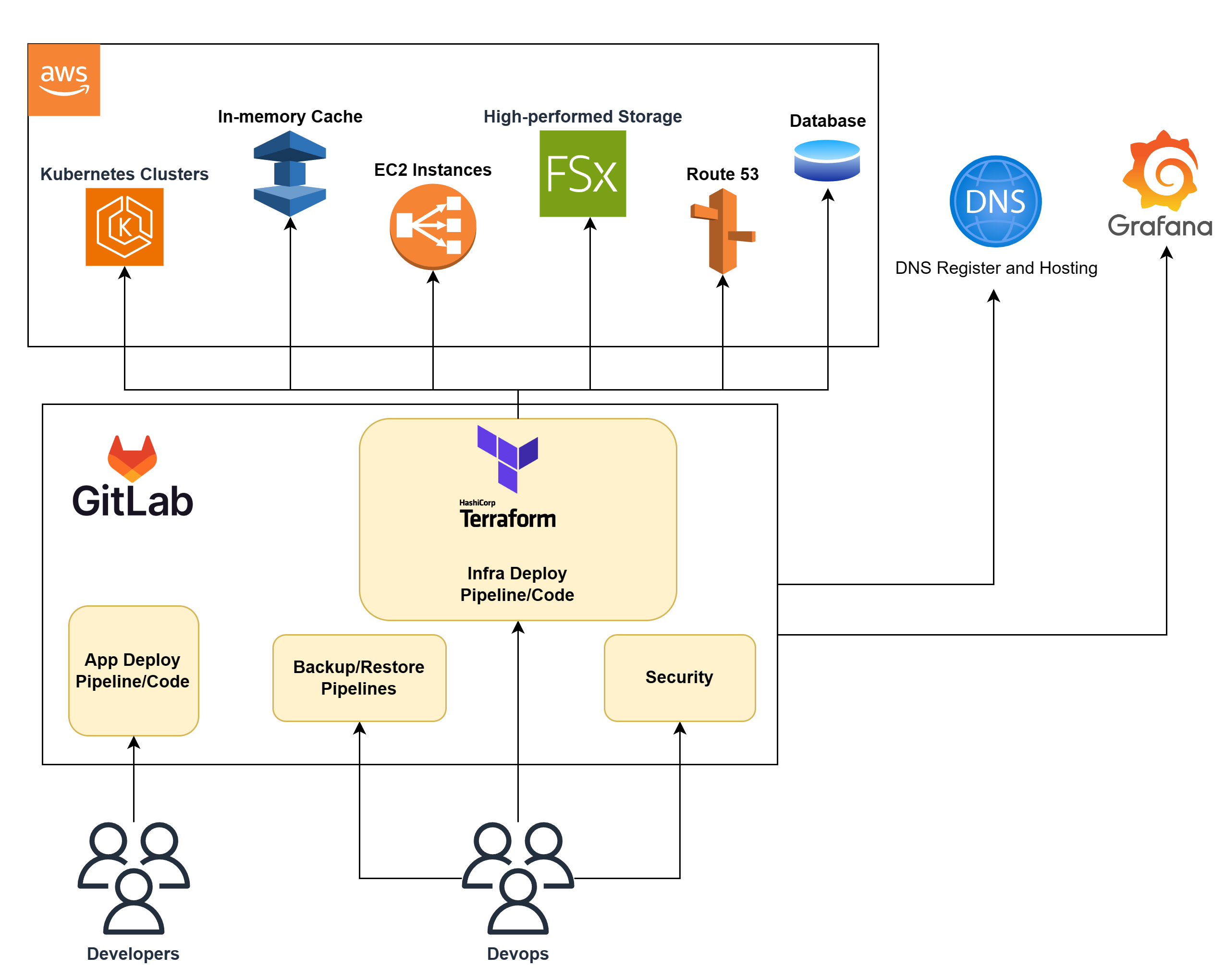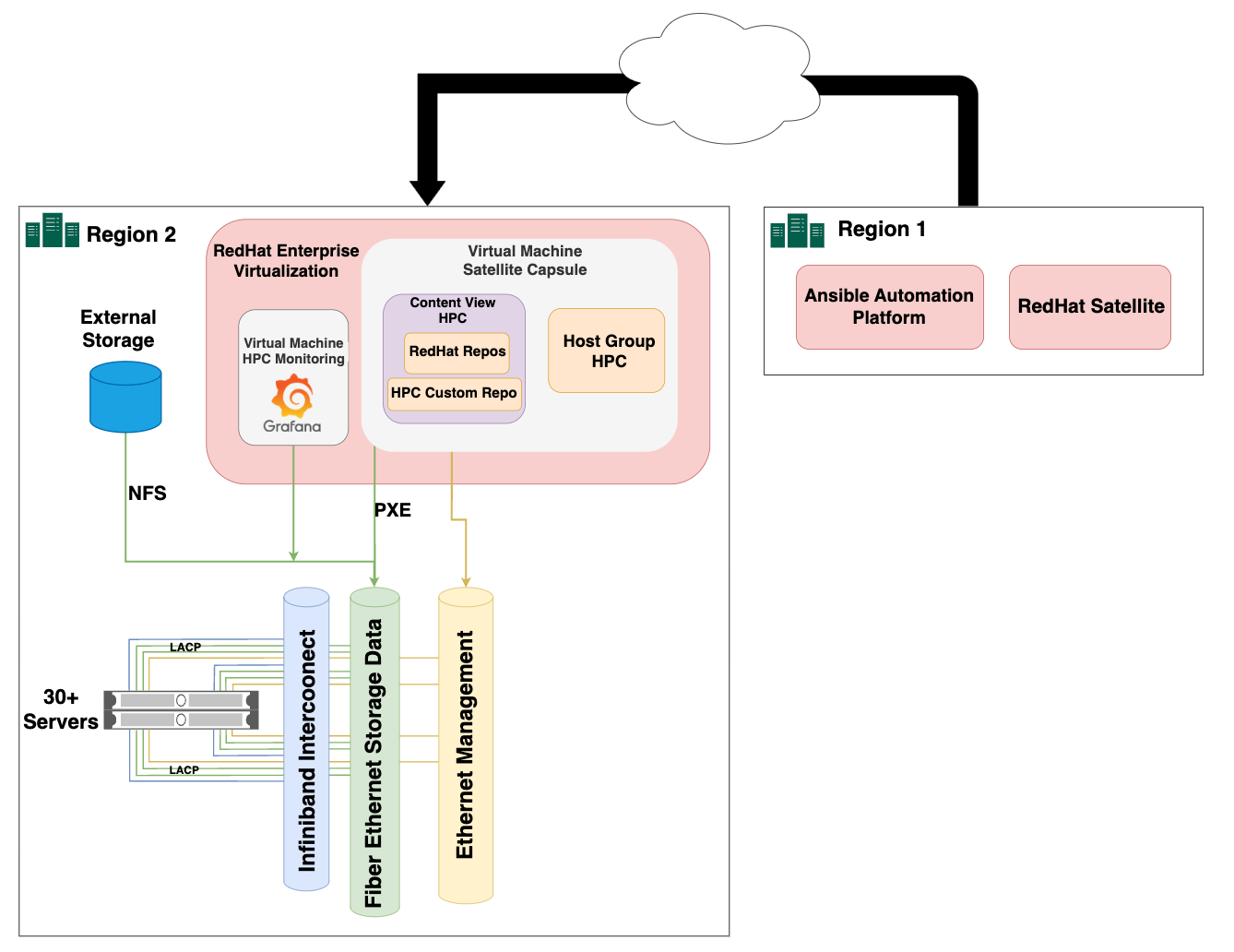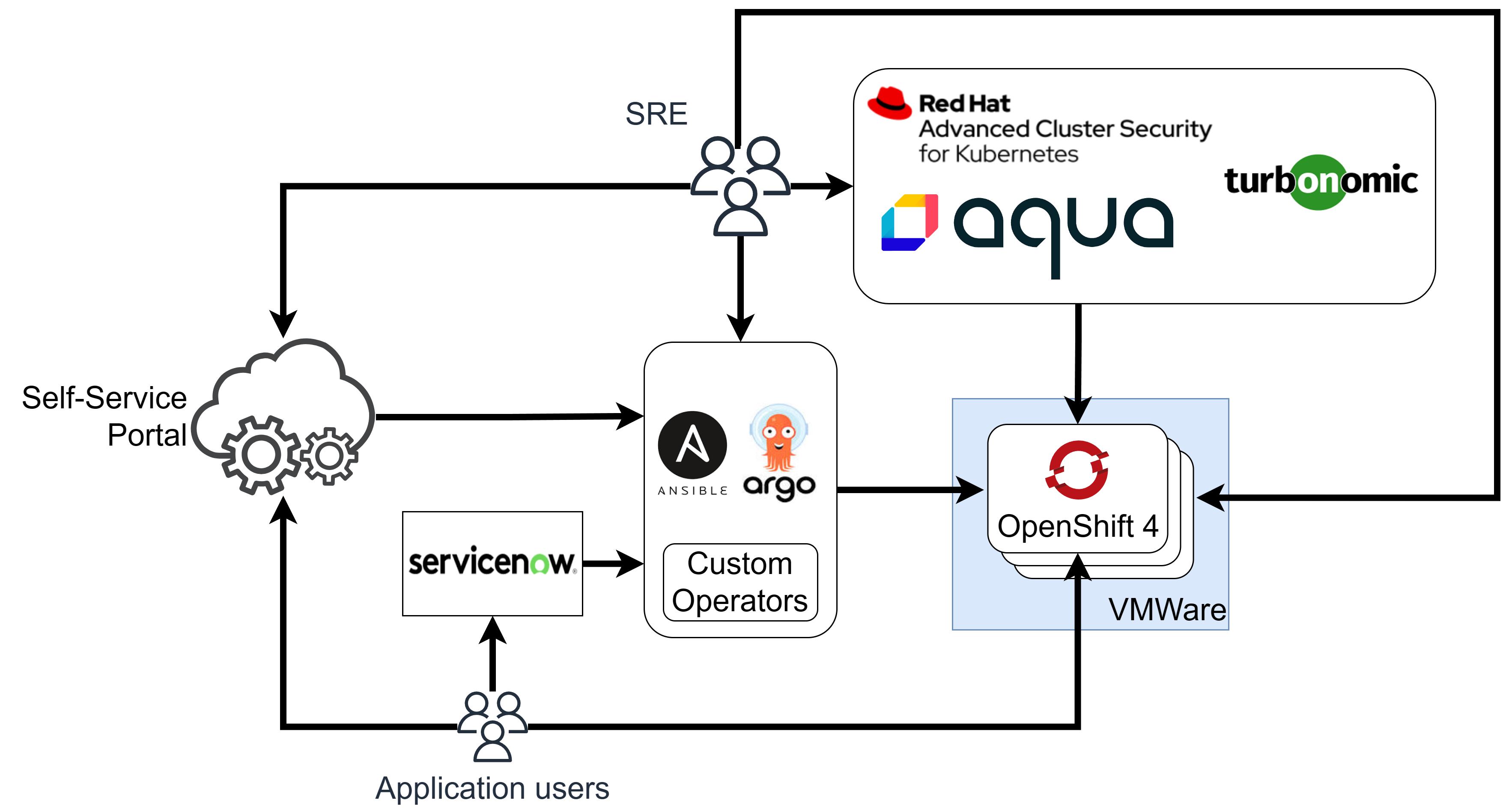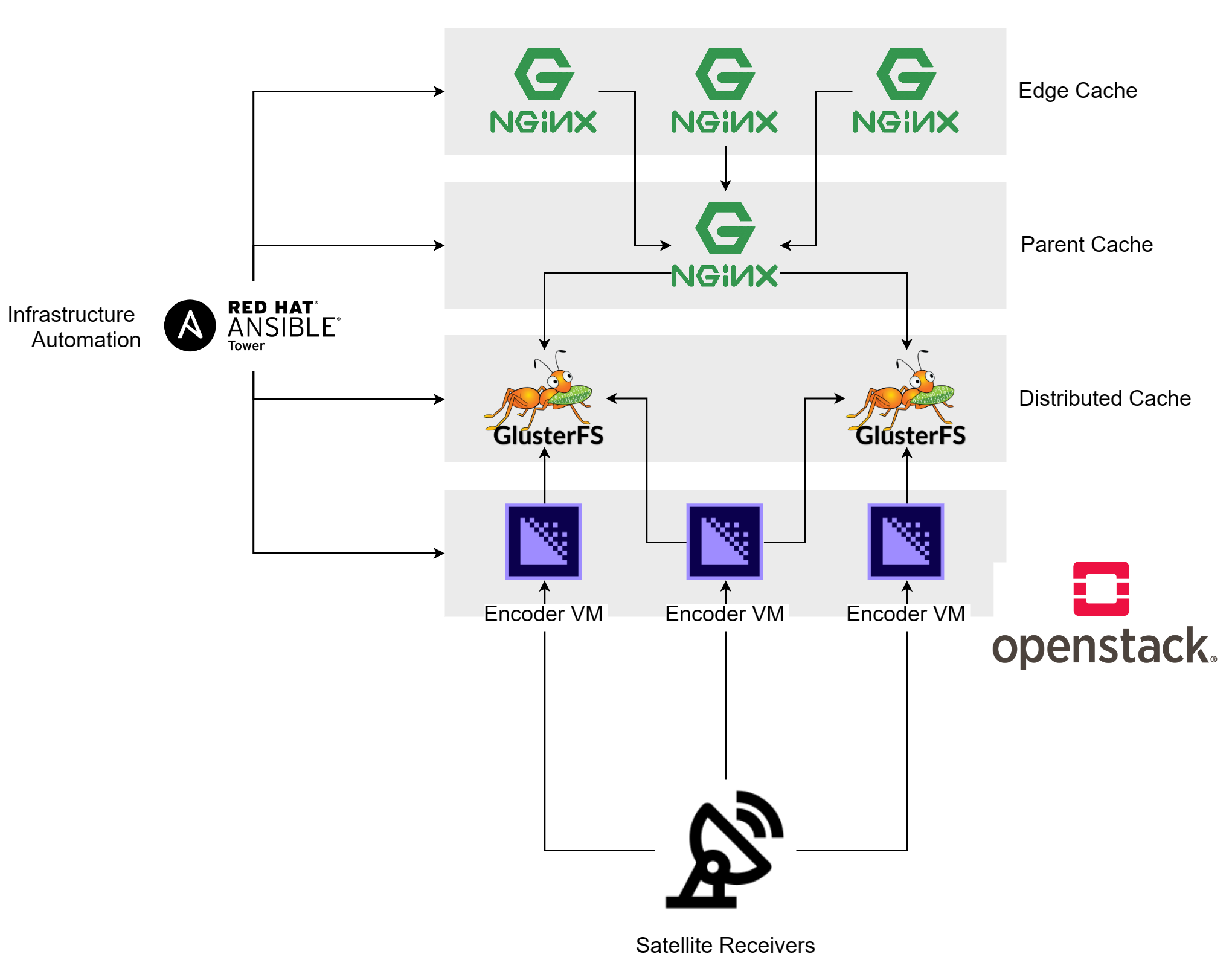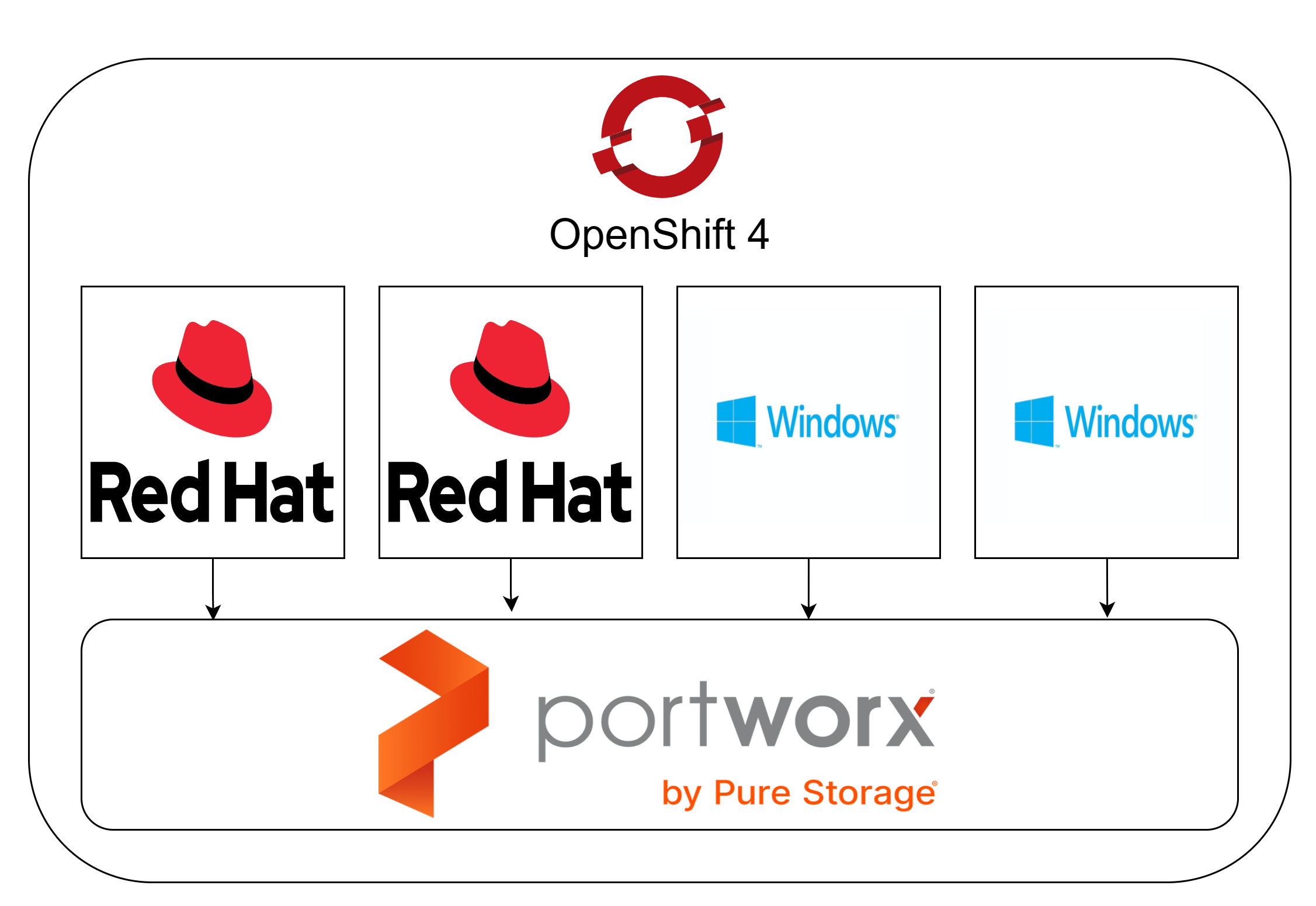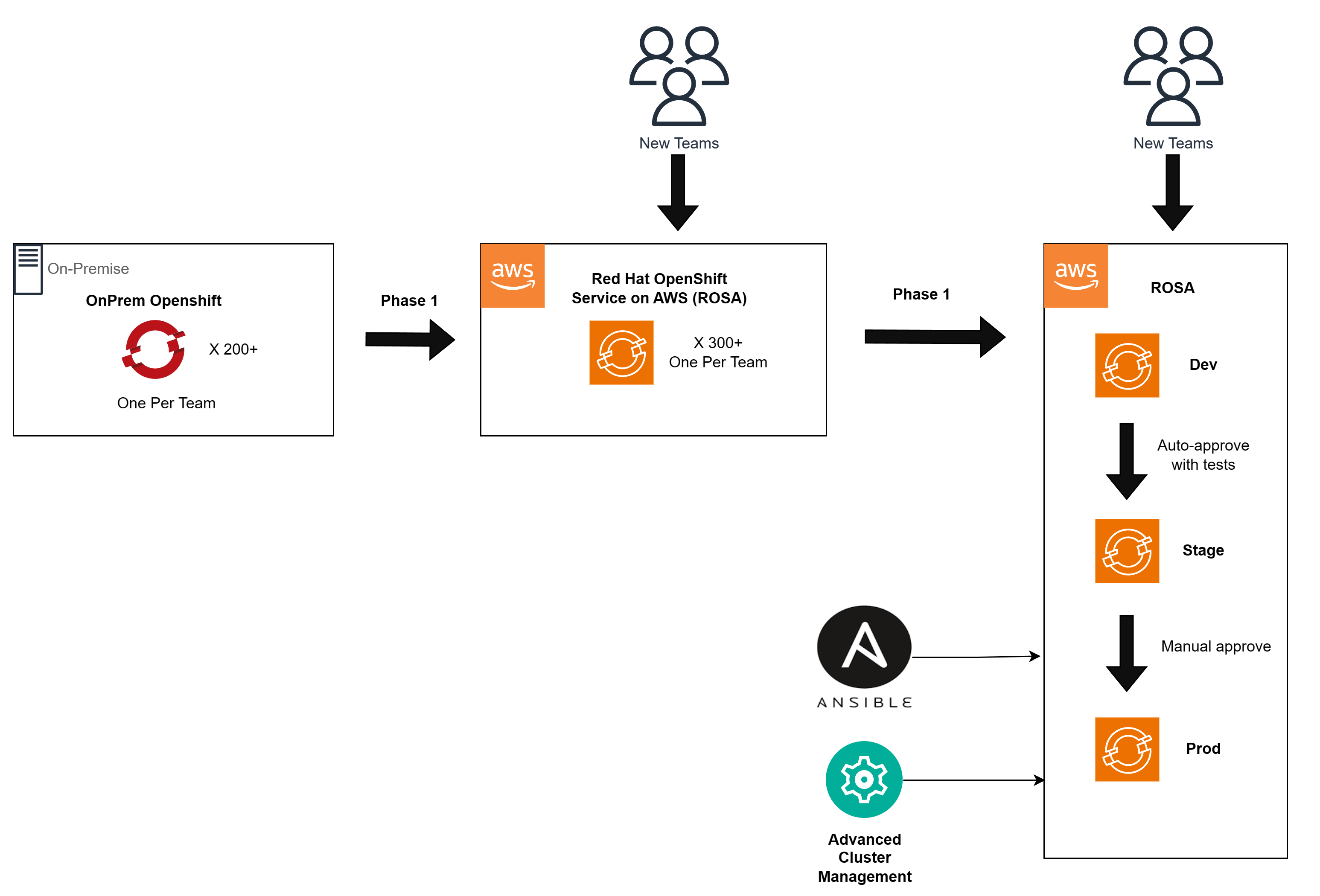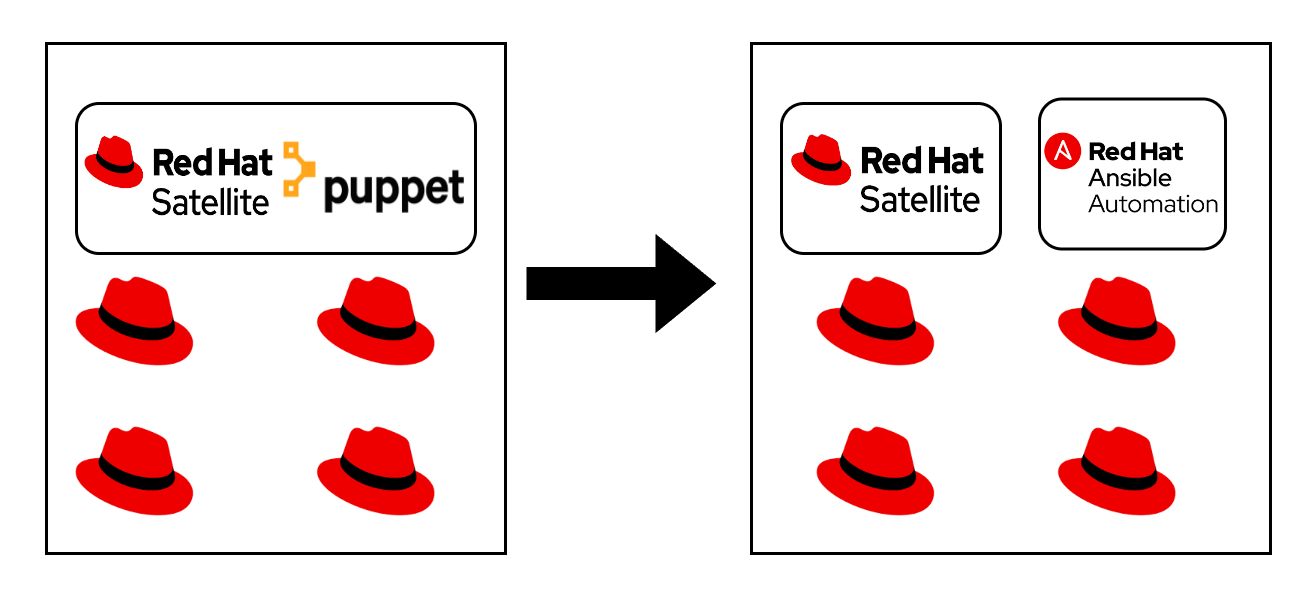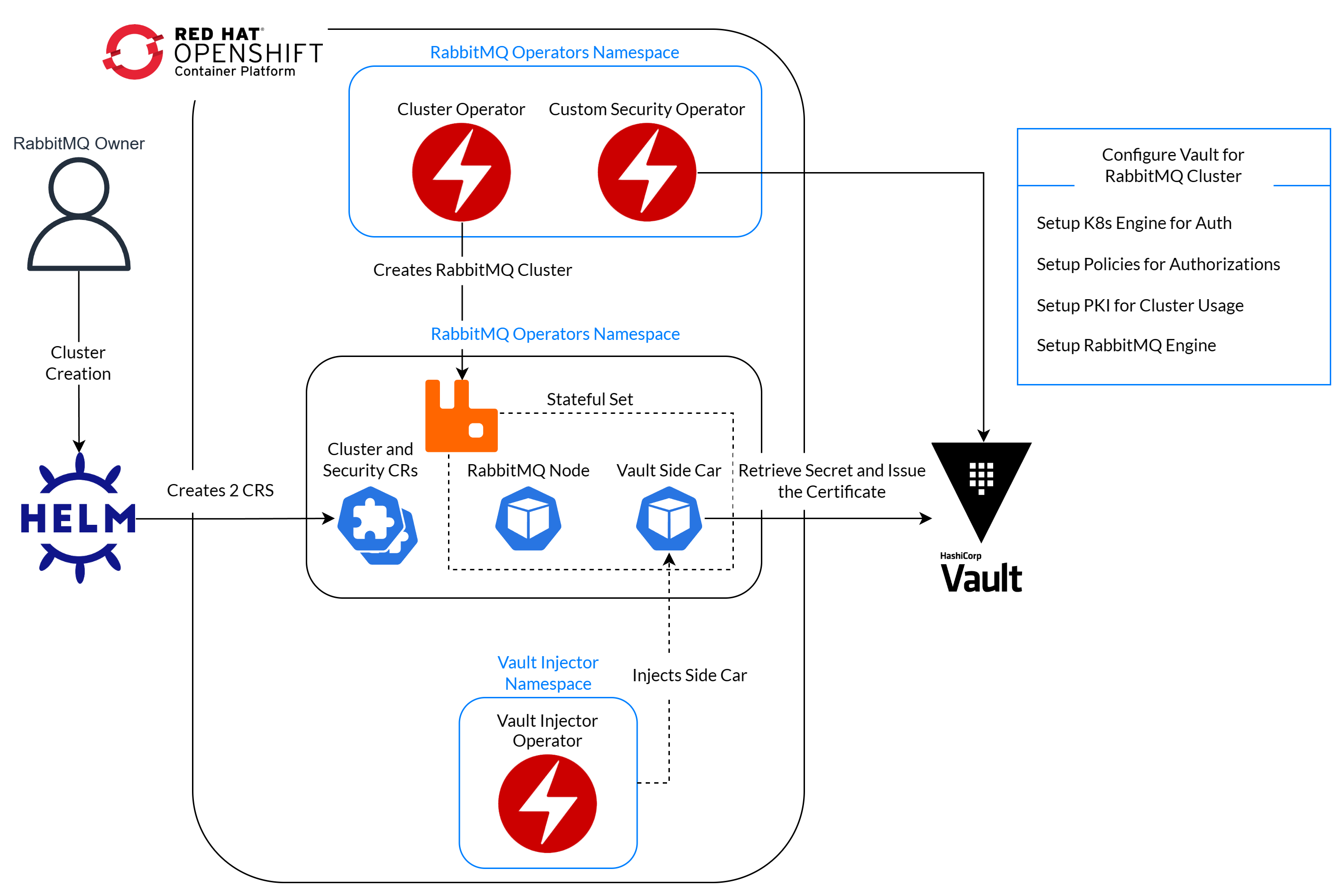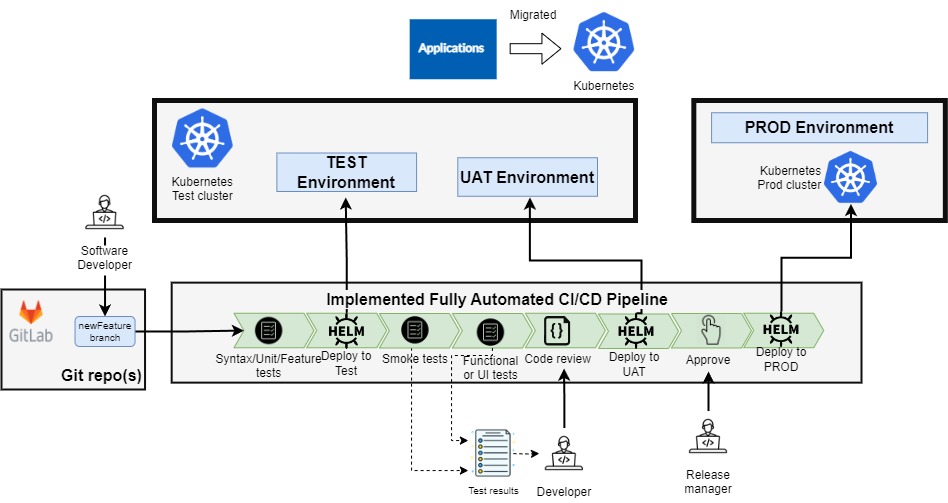Li9 Success Stories
Customer and Partner Comments
Biotech – Infrastructure as Code in AWS
1. Terraform implementation with Git integration
2. Use EKS, RDS, EC, EC2 in AWS, migration to Cloud
3. Gitlab CI/CD implementation
4. Grafana Monitoring/Logging stack implementation
5. Knowledge sharing
1. Fully automated, reproducible infrastructure
2. Proactive problem identification and prevention
3. Disaster Recovery plan is ready
4. High-available and robust infrastructure
5. Documentation for developers and DevOps
6. Improved security of the development process
Energy – High Performance Compute Cluster
1. Ansible Tower integration with Satellite
2. HPC cluster automation development
3. Weather Software build and compile automation
4. Grafana Monitoring/Logging stack implementation
5. Knowledge sharing
1. Fully automated, reproducible infrastructure
2. Proactive problem identification and prevention
3. X10 faster than the previous cluster
4. Central place of ansible roles for Satellite
5. Documentation for developers and DevOps
6. Post-implementation support from Li9
Bank – OpenShift Kubernetes at Scale (Hundreds of Clusters)
1. OpenShift on VMware with Porworx Enterprise
2. Ansible/ArgoCD/ACM to provision clusters
3. Everything-as-a-Code (applications, test suites, infrastructure, workflows, documentation)
4. Created many custom operators to simplify onboarding
5. Enforce security via AquaSec and ACM policies
1. 1h to provision a new OpenShift cluster
2. A few SREs can manage an entire cluster fleet
3. Every cluster is fully integrated with the bank ecosystem
4. Low efforts to test and deliver a new change
5. High code quality because of testing
6. Dramatically shortened release cycle
Telecom – IPTV Service with High Level of Automation
1. Hosting IPTV services on OpenStack
2. Ceph and Gluster as video storage
3. Full-scale automation with Ansible
4. CDN developed from scratch
5. Standard monitoring and log analysis
1. Thousands of users
2. New data center is up in a day
3. Accelerated development lifecycle
4. Reduced support costs
5. CDN costs reduced by twice
Bank – Windows Containers Infrastructure
1. Dozens OpenShift clusters with Windows support
2. Portworx Enterprise storage with Windows support
3. Native Windows application authentication
4. Custom application onboarding operators
5. Extensive knowledge sharing
1. Same process to manage Linux and Windows pods
2. Both Stateless and Stateful Win application support
3. Application migration automation and guidelines
4. Seamless application migration process
5. Dramatically shortened release cycle
6. Windows users are up to date with Kubernetes
Airline – OpenShift Migration (Hundreds of Clusters)
1. Implemented Ansible Automation Platform
2. Multiple workloads migrated to one ROSA cluster
3. Continuous Delivery is implemented
4. Namespace/Workload onboarding is designed
5. Knowledge sharing
1. Decrease onboarding time
2. Dramatical AWS cost saving
3. Full test and development cycle from testing to prod
4. Alignment with Ansible best practices
5. Centralized management configuration system
6. Decrease number of support cases in 10 times
Bank – Puppet to Ansible Migration (50,000 Linux Servers)
1. Implemented Ansible Automation Platform
2. All puppet modules migrated to Ansible roles
3. Satellite smart class parameters integration
4. Custom Ansible collections/modules/plugins
5. Knowledge sharing
1. Configuration management with Ansible
2. No downtime for existing servers
3. Everything is under appropriate version control
4. Alignment with Ansible best practices
5. Improved release management
6. Flexible control over groups of managed hosts
Bank – RabbitMQ Cluster Creation Self Service
1. Helm charts repository checked out and values modified for application requirements
2. Custom operator does all required configuration in Vault and cluster operator brings up cluster with required configuration
3. Resource deletion is handled in the same manner
1. Simplify Vault usage, eliminate Vault deep knowledge requirement
2. Faster onboarding for application development teams
3. Security requirements are enforced by operators
Finance – Increase SW Development Productivity
1. Migration to Kubernetes for flexible and scalable application deployment
2. Implemented automated testing (smoke, functional, security, performance)
3. Automated build and release pipelines for frequent micro-releases|
4. Fostered a culture of fast feedback loops for rapid problem identification and resolution.
1. Real development time increased to over 50%
2. Standardized development environment
3. 5x improvement in IT development productivity with daily/weekly releases
4. 10x reduction in bugs and substantial improvement in product quality
1. Transparency fuels informed decisions and happier stakeholders
2.Time to market for new solutions launched from months to weeks
3. Company-Wide Impact: Success across ALL IT and most NON-IT projects, proving the power of structured approaches
Bank – OpenShift Cluster Provisioning Automation
1. Ansible was used to automate the provisioning and configuration of customer infrastructure for OpenShift clusters. This included tasks such as allocating IP addresses, creating DNS records, setting up F5 load balancers, and configuring certificates.
2. A GitOps approach streamlined cluster deployment and the continuous configuration of standard components like operators, log forwarders, authentication mechanisms (auth), Role-Based Access Control (RBAC), monitoring tools, and security hardening.
3. OpenShift, a powerful container orchestration platform based on Kubernetes, provided a robust and scalable foundation for application deployment.
4. ACM enabled centralized management of multiple OpenShift clusters from a single point of control, enhancing visibility and streamlining operations.
1. The combination of Ansible’s automation and GitOps’ streamlined deployment reduced the time needed to provision a new OpenShift cluster to a mere minute. Complete cluster setup with all integrations was achieved in less than 1.5 hours, vastly accelerating application delivery.
2. GitOps, as a “single source of truth” model, ensured consistency and security compliance across all OpenShift environments.
3. Centralized management capabilities through ACM significantly simplified the administration and lifecycle management of multiple OpenShift clusters.
4. The automation-driven approach allowed the organization to easily scale its OpenShift infrastructure on demand, supporting business growth.





